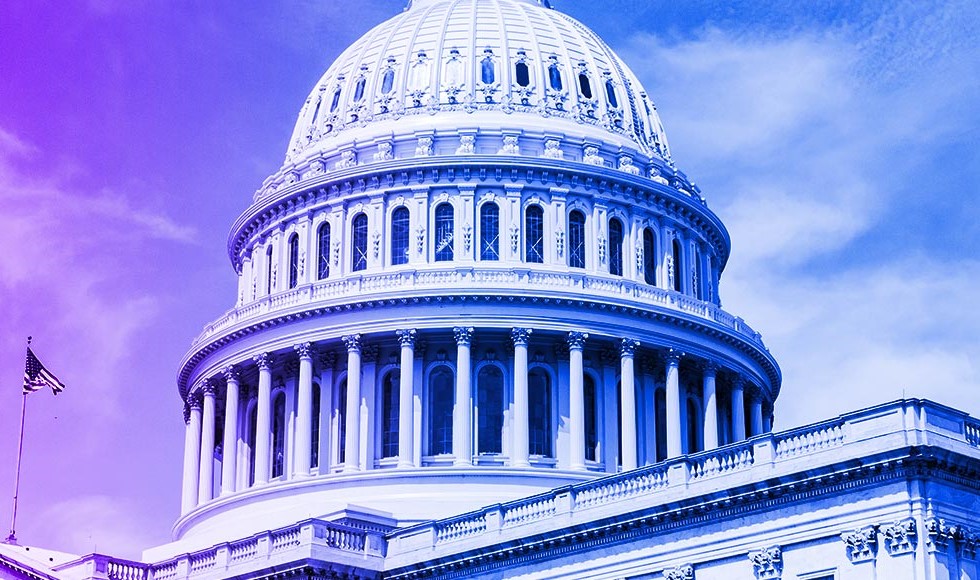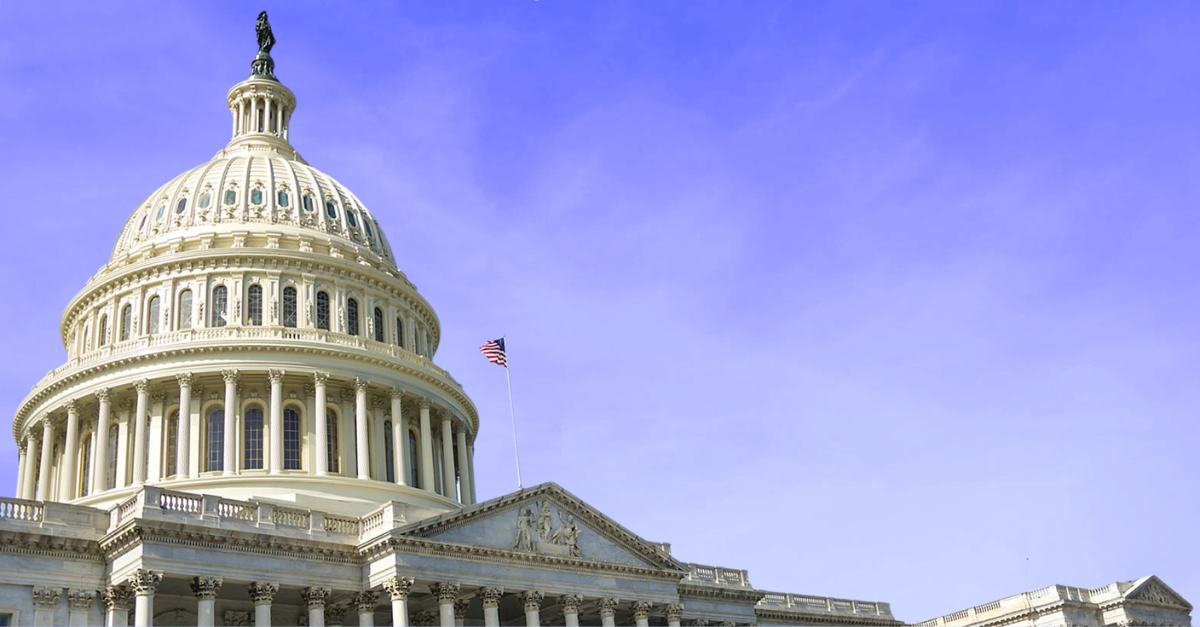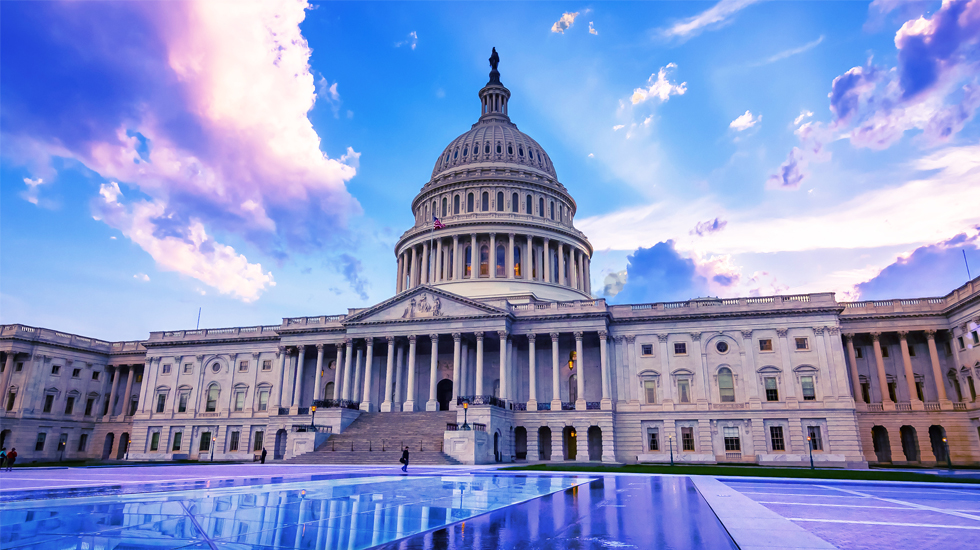Enhanced Supplementary Leverage Ratio (eSLR): Proposed Amendments
First step in proposed changes to regulatory capital

KPMG Regulatory Insights
- First Step: Changes to the eSLR are seen as a “first step” in proposed capital changes, with future actions to consider tailoring, including of surcharges and thresholds.
- Tying to Risk: Amendments meant to increase Treasury market trading by tying requirements to overall risk to the financial system.
- Exemptions Coming?: Seeking input for potential additional/alternative ratio changes, including exemptions for Treasury securities, etc.
________________________________________________________________________________________________________________________________
June 2025
The federal banking agencies (Federal Reserve Board, Office of the Comptroller of the Currency, and the Federal Deposit Insurance Corporation) jointly propose amendments to the enhanced supplementary leverage ratio (eSLR) standard, and associated long-term debt (LTD) and total loss-absorbing capacity (TLAC) requirements.
The amendments are seen as a “first step” to additional regulatory actions. As proposed the amendments would:
- Recalibrate the eSLR for GSIBs
- Modify the eSLR for IDI subsidiaries of the GSIBs
- Amend the LTD and TLAC requirements to reflect proposed changes to the eSLR standard
The Federal Reserve is the first of the three federal banking agencies to vote on this interagency proposed rule, with the FDIC and OCC votes to follow.
Note: The regulators are also considering a variety of additional changes to the bank capital framework, including changes to the design and calibration of leverage ratios (e.g., supplementary leverage ratio, Tier 1 leverage requirements, community bank leverage ratio) as well as other measures such as the GSIB surcharge, bank category thresholds, stress testing, and the Basel III capital requirements.
1. GSIB eSLR Changes
The agencies propose to recalibrate the current fixed two percent eSLR buffer standard for GSIBs to equal 50 percent of a GSIB’s method 1 surcharge calculated under the GSIB surcharge framework.
The agencies estimate that the proposal would lead to a less-than-two percent aggregate reduction in the tier 1 capital requirement for GSIBs.
2. IDI eSLR Changes
Similarly, the agencies would modify the eSLR standard for IDI subsidiaries of GSIBs from the current six percent “well capitalized” threshold under the prompt corrective action framework to an eSLR buffer standard equal to 50 percent of the parent GSIB’s method 1 surcharge calculation. Further, the proposal would remove the eSLR threshold as a consideration for being “well capitalized” under the prompt corrective action framework and instead implement the eSLR for such banking organizations as a buffer standard. As such, the IDIs would be required to meet the standard supplementary leverage ratio plus the eSLR buffer standard for its GSIB parent in order to avoid limitations on capital distributions and certain discretionary bonus payments.
The agencies estimate that the proposal would lead to an approximate 27 percent aggregate reduction in the tier 1 capital requirement for IDI subsidiaries of the GSIBs.
Note: The proposal separately seeks comment on a potential modification to the calculation of total leverage exposure for depository institution holding companies to exclude Treasury securities that are reported as trading assets on the organizations’ balance sheets and that are held at broker-dealer subsidiaries (and foreign equivalents thereof) that are not subsidiaries of a depository institution.
3. LTD and TLAC Changes
LTD. The proposal would amend the minimum leverage-based external long-term debt requirement for GSIBs to be total leverage exposure multiplied by 2.5 percent (the minimum supplementary leverage ratio of three percent minus 0.5 percent to allow for balance sheet depletion) plus the eSLR buffer standard under the proposal.
TLAC. For TLAC, the proposal would replace the current two percent TLAC leverage buffer with a new TLAC leverage buffer equal to the eSLR buffer standard under the proposal. The agencies note this change would maintain the original alignment of the TLAC leverage buffer and the eSLR standards. The proposal would not change the minimum level of TLAC that a GSIB is required to maintain.
The agencies estimate that under the proposal, the proposed changes would reduce GSIBs’ TLAC leverage-based buffer and long-term debt leverage-based minimum requirement by between 0.75 and 1.50 percentage points. The further estimate that the aggregate TLAC requirements that apply to GSIBs would decline by approximately five percent, and aggregate long-term debt requirements would decline by approximately 16 percent.
Comment Period. Comments on the proposal will be accepted for a period of 60 days following publication of the proposed rule in the Federal Register.
How KPMG can help:
Service:
Advanced analytics helps government agencies with data driven decision making, and reduce time to impact on their core mission.
First 100 Days: Upcoming Regulatory Signals for Cyber and Privacy
Dive into our thinking:
Enhanced Supplementary Leverage Ratio (eSLR): Proposed Amendments
First step in proposed changes to regulatory capital
Download PDFExplore more
Get the latest from KPMG Regulatory Insights
KPMG Regulatory Insights is the thought leader hub for timely insight on risk and regulatory developments.
Meet our team



